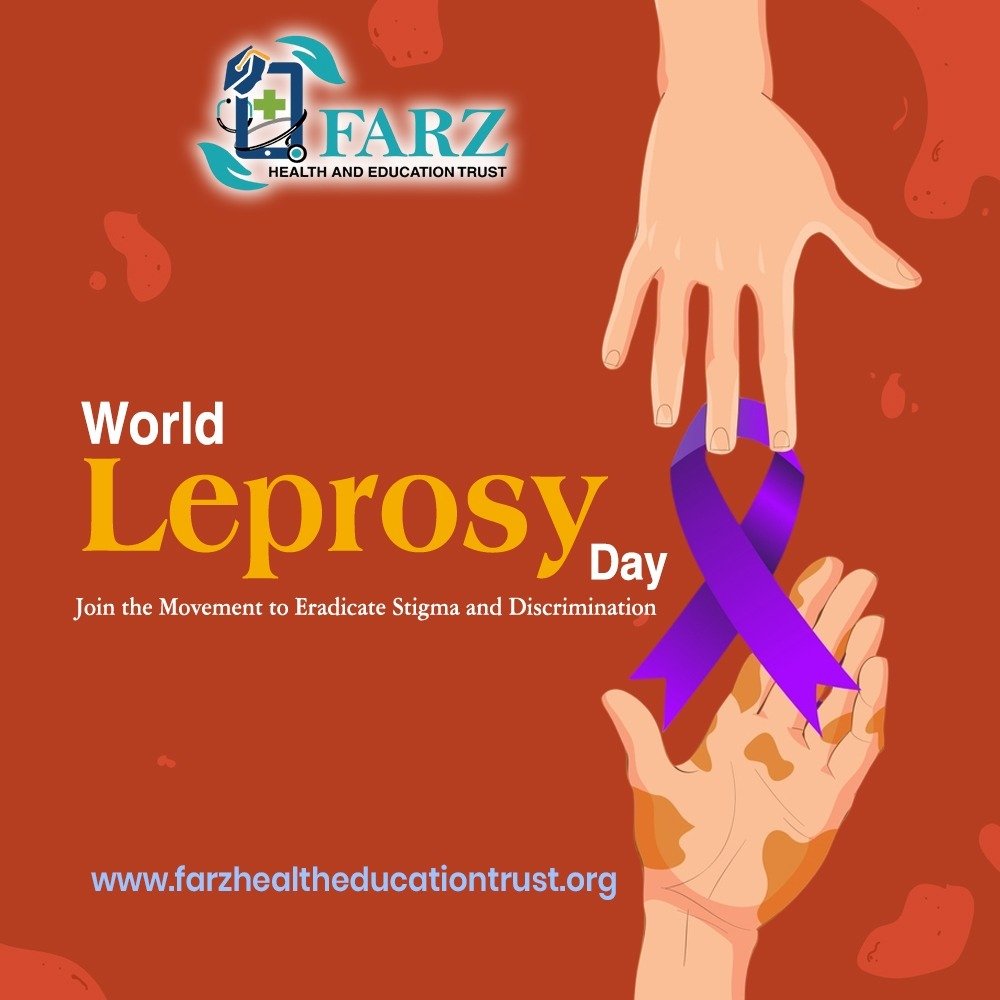
Every year, on the last Sunday of January, the world comes together to observe World Leprosy Day, a day dedicated to raising awareness about the disease and, more importantly, the stigma and discrimination that people affected by leprosy face. This day serves as a reminder that while leprosy is a disease of the past, its impact is still very much alive today in many parts of the world. Let’s take a closer look at why this day is important and how we can all contribute to ending the stigma.
Understanding Leprosy: Myths vs. Facts
Leprosy, also known as Hansen’s disease, is a chronic infectious disease caused by Mycobacterium leprae. It primarily affects the skin, nerves, and mucous membranes. Although it has been around for centuries, leprosy is completely treatable with a multi-drug therapy (MDT). In fact, over 16 million people have been cured of leprosy since the 1980s. Yet, despite advances in treatment, the disease continues to be surrounded by myths, fear, and misconceptions that fuel discrimination.
Debunking Common Myths:
- Myth 1: Leprosy is highly contagious. Fact: Leprosy is not as contagious as many believe. It is transmitted through respiratory droplets after prolonged contact with an untreated individual. The majority of people are naturally immune to the disease.
- Myth 2: Leprosy leads to loss of limbs and deformities. Fact: While leprosy can cause nerve damage, if caught early, the disease is manageable and preventable from causing permanent disability.
- Myth 3: Leprosy is a curse or punishment. Fact: This is a harmful belief rooted in cultural and religious misunderstandings. Leprosy is a medical condition, not a curse or divine punishment.
The Stigma That Lingers:
The true challenge with leprosy is not the disease itself, but the stigma associated with it. In many parts of the world, individuals living with leprosy are still ostracized from their communities. This discrimination can make it difficult for them to find work, get an education, or even form relationships. Families are often torn apart, as society tends to push them aside, treating them as pariahs.
But why does this stigma persist? Part of it comes from the ancient associations of leprosy with moral failings or divine punishment. Another factor is the visible signs of the disease — skin lesions, facial deformities, and, in some cases, disfigurement — which often result in physical isolation. Fear of the unknown, combined with lack of education and awareness, creates a vicious cycle of marginalization.
How Can We Make a Difference?
On World Leprosy Day, it’s important to reflect on the role we all play in combating stigma and discrimination. Here are a few ways we can contribute to the global movement:
1. Educate Yourself and Others:
The first step toward change is education. Understanding what leprosy is and how it spreads can help eradicate myths and misconceptions. Share factual information with your friends, family, and social media followers to help spread awareness.
2. Support Leprosy-Related Charities:
There are numerous organizations dedicated to supporting people affected by leprosy, including providing medical care, rehabilitation, and reintegration into society. Your donations, no matter how small, can make a difference in the lives of those impacted by the disease.
3. Stand Up Against Discrimination:
Challenge harmful stereotypes and discrimination when you see it. If you hear someone making jokes about leprosy or referring to people with the disease in derogatory ways, speak out. The more we normalize compassion and empathy, the less power stigma holds.
4. Be a Friend, Not a Bystander:
People with leprosy often face isolation. If you know someone who is affected by the disease, offer your friendship and support. Be a listener and an advocate for their rights and dignity. Often, inclusion is the first step toward healing.
The Road Ahead:
While significant progress has been made in the fight against leprosy, the journey is far from over. The global community must continue to work together to ensure that no one is left behind. By breaking down the walls of fear and prejudice, we can create a world where individuals affected by leprosy are treated with the same respect and dignity as anyone else.
